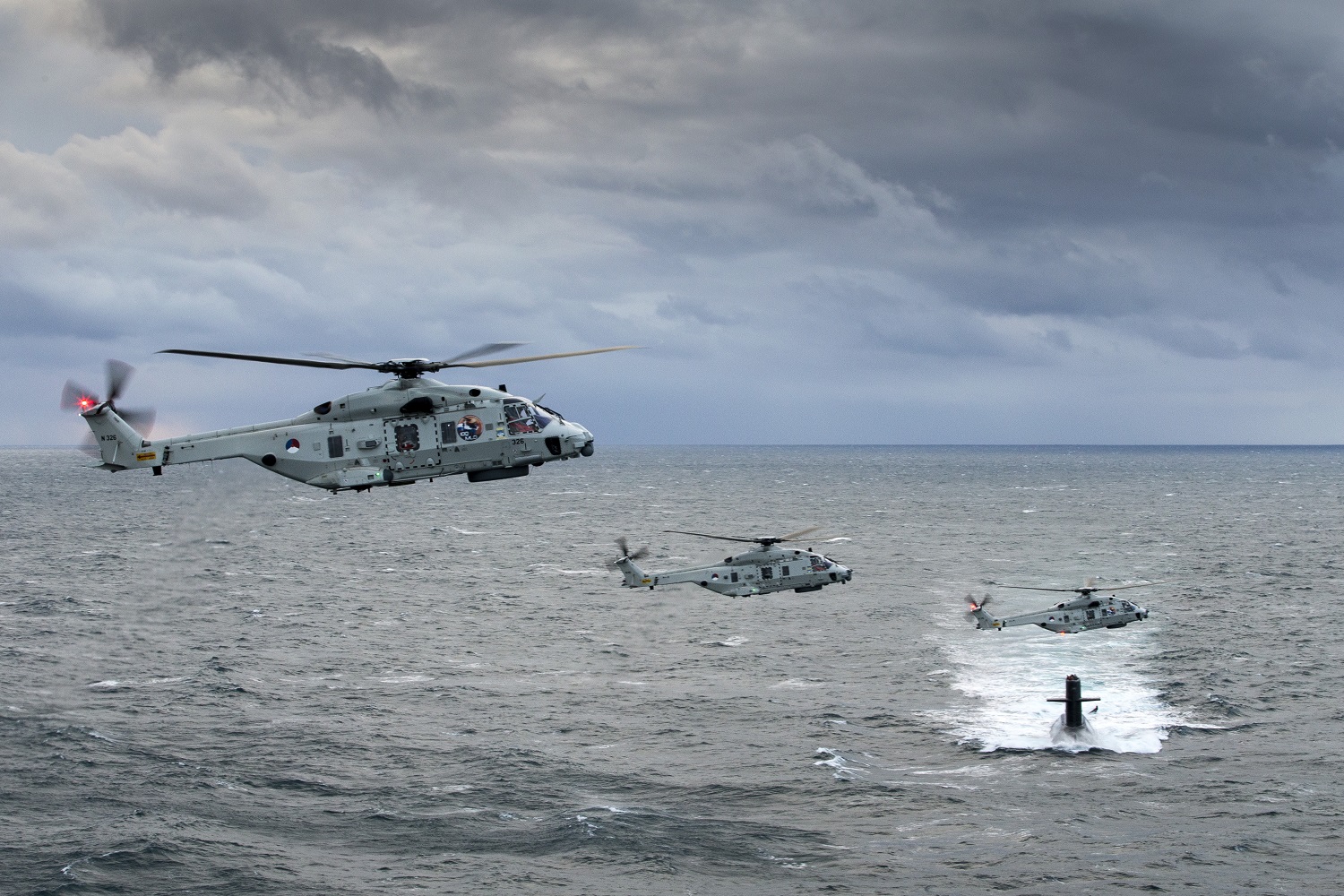The Netherlands’ decision to upgrade its NH90 maritime combat helicopters is a strategic move that recognizes the significance of modernization in maintaining operational efficiency. This extensive midlife update (MLU) ensures that these helicopters remain relevant and capable of meeting evolving defense needs. The NH90 helicopters have been pivotal in military operations since 2010, and with components dating back to the 1990s, they are reaching a critical midpoint in their intended lifespan. The MLU focuses on comprehensive modernization, encompassing both hardware and software upgrades. These enhancements cover crucial systems like communications, sonar capabilities, and the integration of advanced weaponry like the MK54 torpedo, already in use by the Royal Netherlands Navy. The replacement of the outdated Link 11 tactical datalink system with Link 22 signifies a leap in data sharing capabilities and security.
This project isn’t just about bolstering military capabilities; it’s a collaborative effort among European nations, emphasizing shared technological advancements and strengthening partnerships. With Belgium, Germany, and Italy involved, the Netherlands is demonstrating a commitment to collective defense efforts within Europe. Moreover, the decision to undertake much of the modernization work within the Netherlands, involving defense personnel and Dutch industry, grants greater autonomy in planning and execution. This approach enhances control over lead times and ensures a more tailored outcome suited to the Dutch defense requirements. The financial commitment to this project, totaling EUR 661.6 million, underscores the Netherlands’ dedication to maintaining a technologically advanced maritime defense capability. This investment not only secures the upgrade of the NH90 fleet but also extends their operational lifespan by an additional 15 years, maximizing their value for national defense.

The NHIndustries NH90 is a European medium-sized, twin-engine, multirole military helicopter. The NH90 was developed and is manufactured by NHIndustries, a collaborative company owned by Airbus Helicopters (formally Eurocopter) and Leonardo (formerly AgustaWestland) and Fokker Aerostructures. The first prototype conducted its maiden flight in December 1995; the type first entered operational service in 2007. It is an advanced but high maintenance military helicopter employed by a dozen countries in two major versions. There is a Naval version that can land on ships and is used for sea rescue and submarine warfare, and an Army version that has been used for transporting cargo, people, medivac, and special operations. There are two main variants: the Tactical Transport Helicopter (TTH) for army use and the navalised NATO Frigate Helicopter (NFH); each customer typically has various alterations and customizations made to their own NH90 fleets, such as different weapons, sensors, and cabin arrangements, to meet their own specific requirements.
The Netherlands, one of the original supporters of the programme, ordered a total of 20 units, comprising 12 NFH and 8 TNFH for the Royal Netherlands Navy, In 2010, the Royal Netherlands Navy became the first customer to receive the NFH variant. In 2009, concerns surfaced that design changes had made the helicopter too heavy to operate from Dutch frigates for which they were ordered. In June 2014, the Dutch government decided not to accept the last batch of 7 NH90s due to some 100 shortcomings found in relation to the design, manufacturing and material choice of the aircraft, in particular corrosion in the presence of salt water. In December 2014, NH90 deliveries restarted after the Dutch government came to an agreement with the manufacturer, under which modifications and necessary repairs against corrosion would be made at the manufacturer’s cost; 75 of the 100 shortcomings were also reported as having been solved.
















